In Bengaluru, India, Holt child sponsors help over 1,000 girls go to school and receive an education — girls like Payal, Sanjana, Manixa and Mayvis. The importance of education for girls is not lost on them. When you educate a girl in India, you help prevent child marriage and empower her for a successful future. And these girls want to know – why do you sponsor them?
“Especially girls…?” Mayvis adds hesitantly — the addition to Payal’s statement that makes all four girls nod in mutual questioning. Payal, Sanjana, Manixa and Mayvis are recording a message for their Holt sponsors. And this, their biggest question, marks a drastic shift in tone.
Just five minutes ago they sat upstairs in their classroom — proudly performing an American pop song in front of their classmates. Their friend group, all between the ages of 11 and 13, calls themselves the “Planet Chicks.” They like to talk on the school bus, dance and sing, and encourage one another to do the right thing.
They are happy, carefree girls. But, as their biggest question lets on, they know things could be drastically different. The conversation becomes serious.
“They don’t like girls,” Sanjana says, “they only like boys.”
“People in the village,” Payal clarifies.
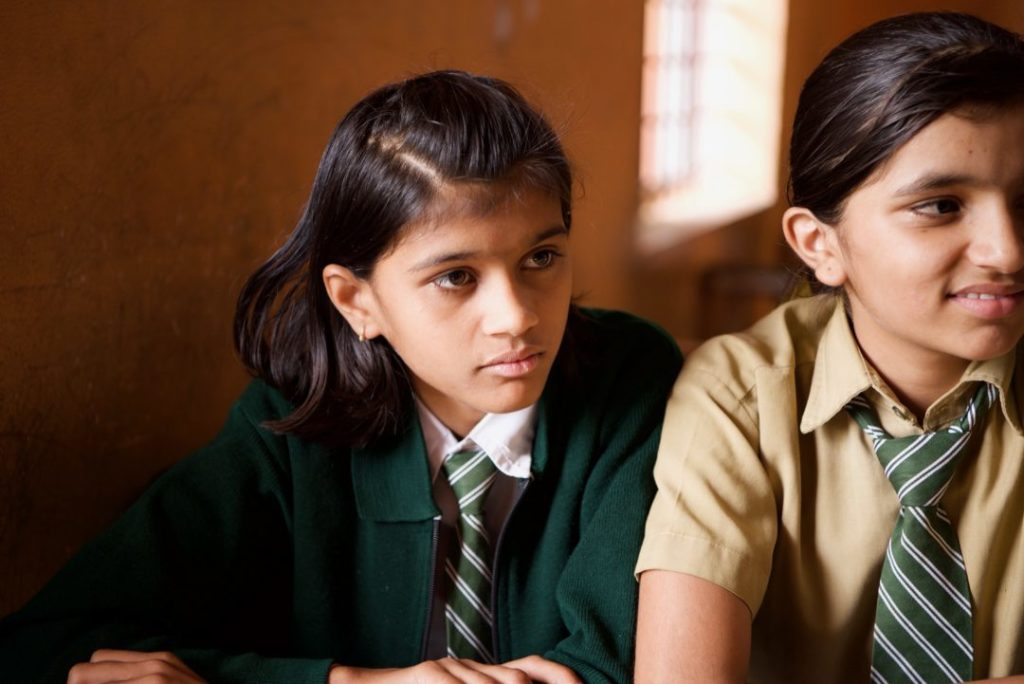
These girls all come from families that have migrated from the villages to the booming, southern city of Bengaluru. The villages they speak of are actually cities of several hundred thousand people, where people still adhere more strictly to the rules of traditional patriarchal society. Where they come from, it is common to educate boys, but not educate girls. Where they come from, young girls get married.
How old should a girl be when she gets married?
“Nineteen or 20,” Payal says.
“Twenty-five,” Sanjana says decisively.
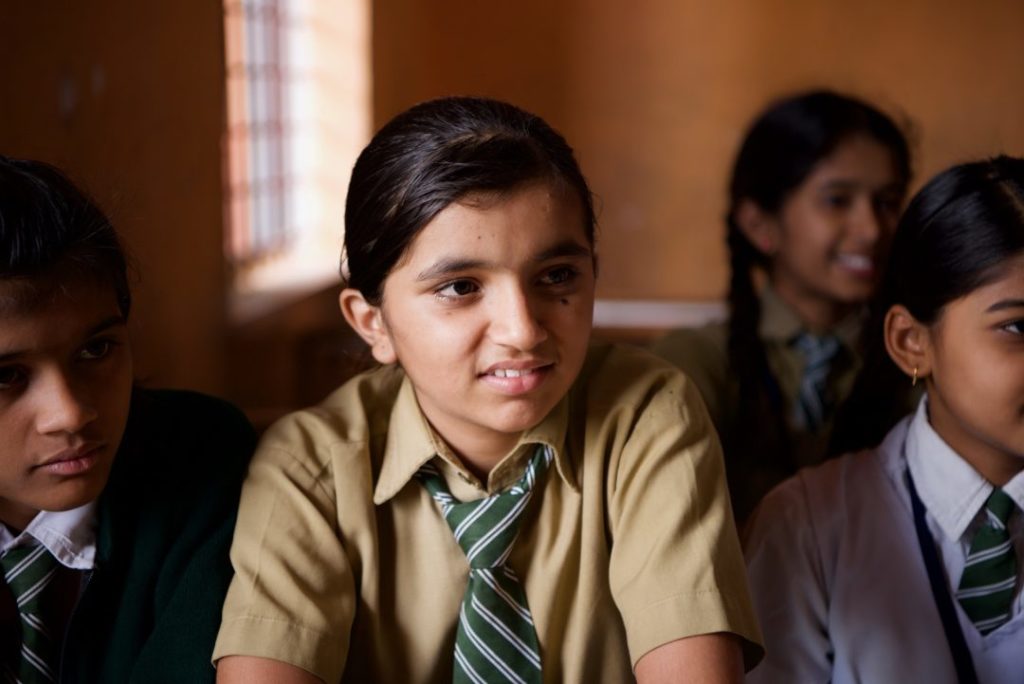
“Before, it was small girls,” Mayvis says, indicating with her hand to a height just below her shoulders.
Two long braids fall on either side of Payal’s green-and-white-striped tie, part of her school uniform. She shares about her friend who got married at just 3 or 4 years old.
Where they come from, it is common to educate boys, but not educate girls. Where they come from, young girls get married.
When a girl is married, or betrothed, in India, she goes to live with her new in-laws. Here, she is often expected to be a housekeeper in her new family’s home — a role that can quickly devolve to that of a domestic servant. Her childhood ripped away from her, she drops out of school and is now susceptible to nearly every form of abuse. Three or 4 years old is exceptionally young, but the typical age isn’t much older.
“That is called a bal vivah,” Sanjana says, the Hindi word for child marriage. “We should not do this.”
Payal, Manixa and Mayvis nod in agreement.
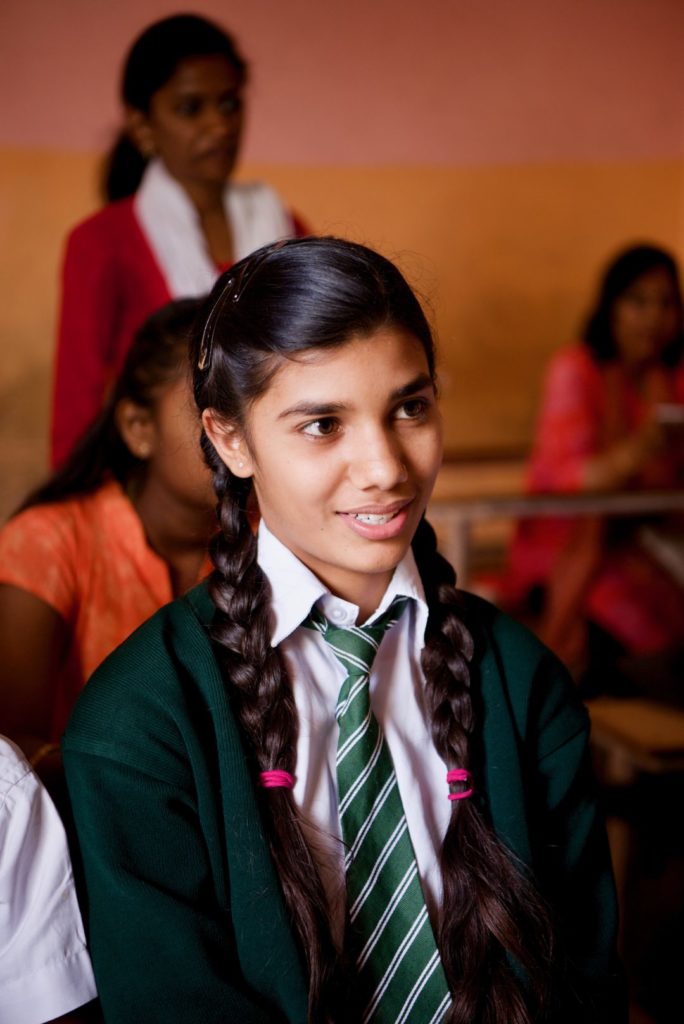
For girls whose grandmothers, mothers and even some peers likely married around their same age — and younger — this is groundbreaking. We should not do this.
The girls continue sharing. They say that not only do some girls marry very young, but some are even killed.
“Their words are heavy,” says Bhumika Tulalwar, Holt’s India program manager, about the girls’ references to child marriage and female infanticide that still happen throughout India.
“I think they are very conscious,” Bhumika says, “These girls understand why they are in educational sponsorship.”
In Bengaluru, Holt sponsors help over 1,000 girls go to school. Through Holt’s longtime partner organization, Vathsalya Charitable Trust (VCT), sponsors cover the cost of school fees, uniforms and supplies for girls who are most at risk of dropping out. This is critically important. Going to school ensures that a girl is educated and empowered to earn an independent living someday — that someday, she can end the cycle of poverty in her family. And in the present — today, this week and this month — going to school greatly increases the likelihood of her health and safety.
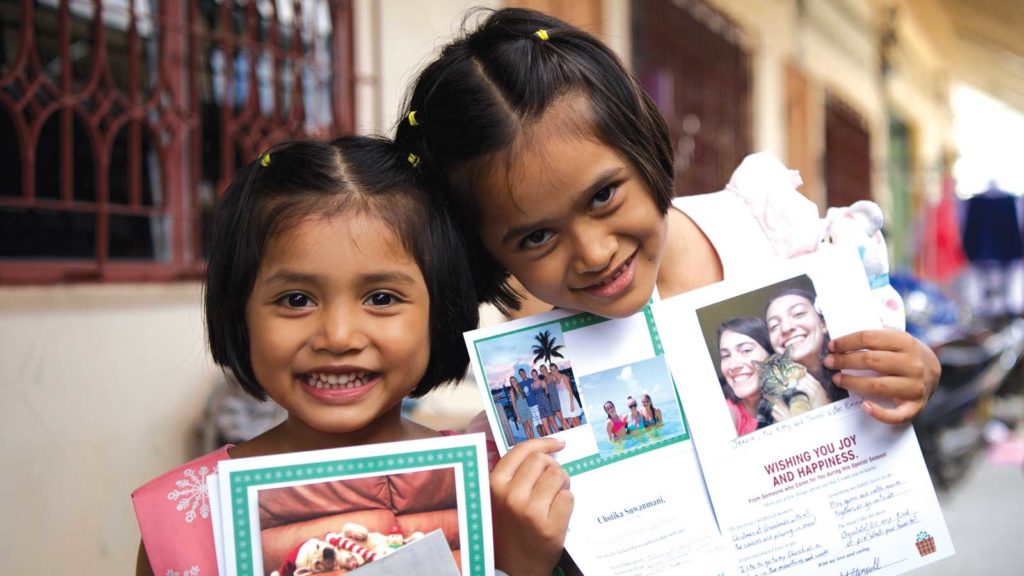
Become a Child Sponsor
Connect with a child. Provide for their needs. Share your heart for $43 per month.
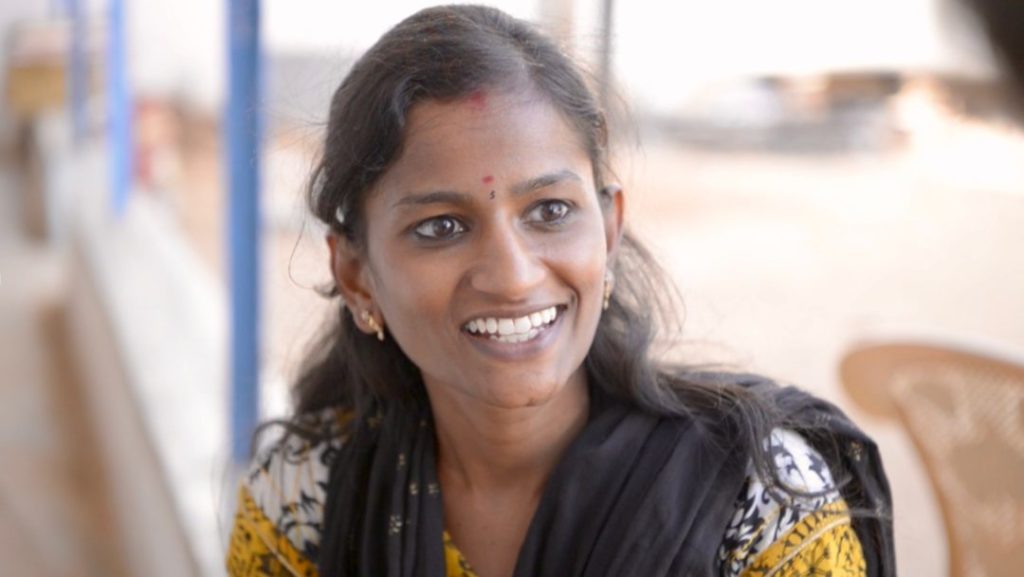
“We pay the fees of the students who are very poor,” says Pushpa Latha, VCT’s education sponsorship officer. Without this assistance, many families borrow money in order to send their children to school — and this can make things even worse. “It’s a very big problem for them,” Pushpa says, “to pay the loan with interest. [If this happens], everything will go — their lifestyle, nutrition, everything. They cannot meet their home needs because of borrowing money from others.”
And if a family has gone too much in debt and can no longer send all of their children to school, it is almost always the daughters who are forced to drop out — not the sons.
Pushpa spends a lot of her time here, at Mohre Public School. Because of sponsors, Payal, Sanjana, Manixa, Mayvis and 15 other girls are able to attend Mohre. All of their school expenses covered, and they also receive regular home visits from Pushpa, who understands their home and family situations and works with the students and their families to make sure all of their basic needs are met. Pushpa even coordinates and advocates for special activities at the school — activities like drawing, singing, sports and more.
“We do this so they can develop their multitalents,” Pushpa says.
All multitalented, Payal, Sanjana, Manixa and Mehrunisa are taking full advantage of these opportunities. When they grow up, they want to be an actor, a fashion designer and actress, a dancer, and a singer, respectively.
Their dream jobs — as 11-to-13-year-olds — are a bit fanciful perhaps, but exciting. Even more exciting is that because they’re going to school now, they have the foundation they need to work toward whatever profession they want someday. They say they want to get good jobs, ones that will allow them to support their families.
“When girls grow up, [parents] should let the girl choose the boy. They have to see how he is, that he is good.”
Payal, sponsored student
And someday, when they’re older, they might choose to get married. But, they say, they’d want to do things a little differently…
“When girls grow up, [parents] should let the girl choose the boy,” Payal says. “They have to see how he is, that he is good.”
“She should not be treated as a commodity,” Sanjana says.
As quickly as it started, this serious conversation ends and lends way to another one, about how to play Fire and Ice, a tag game. Within seconds, Payal, Sanjana, Manixa and Mayvis are running and laughing with the other girls, playing tag in the courtyard of their school.
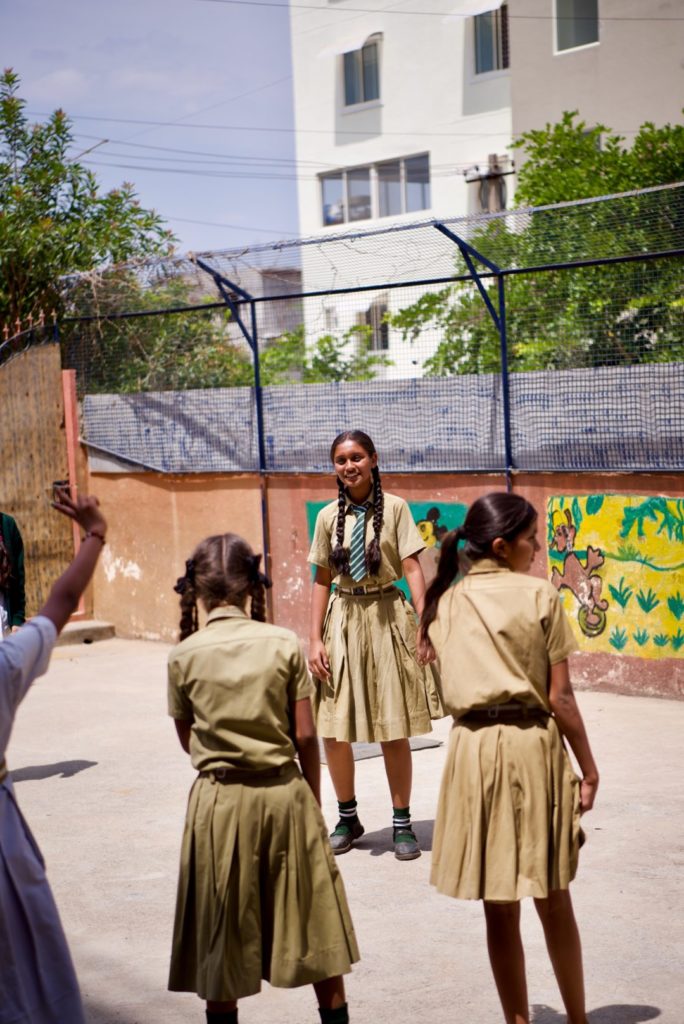
We answer Payal’s question, telling her that Holt sponsors help girls go to school because they believe in girls — in their intelligence, in their abilities, in their equality to boys, in their dreams and in their value. Payal, Sanjana, Manixa and Mayvis understand this, and it has and will continue to make a profound difference in their lives.
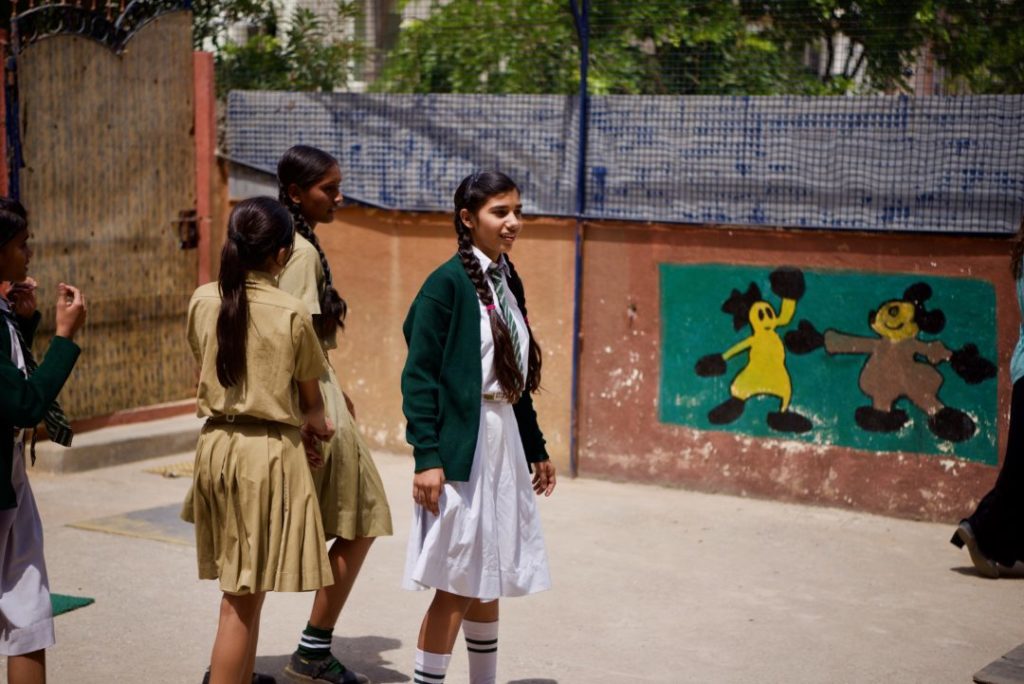
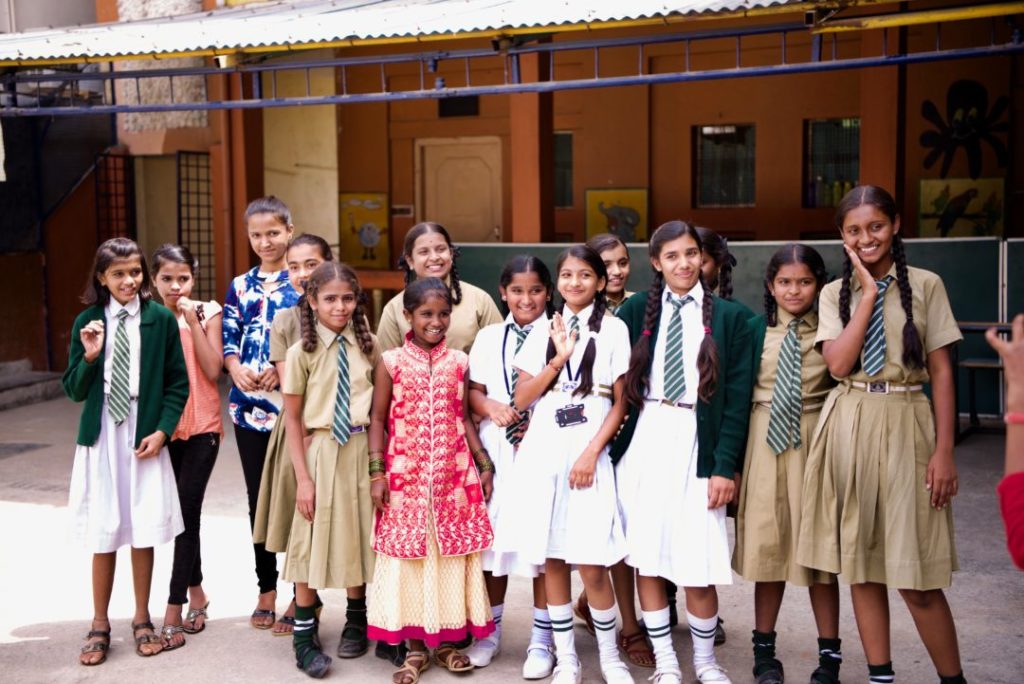
Shrieks, squeals and schoolgirl braids fly through the air as the girls run and play. And this is exactly as it should be.

Send a Child to School
The gift of a scholarship covers tuition for one student to go to school for one year.
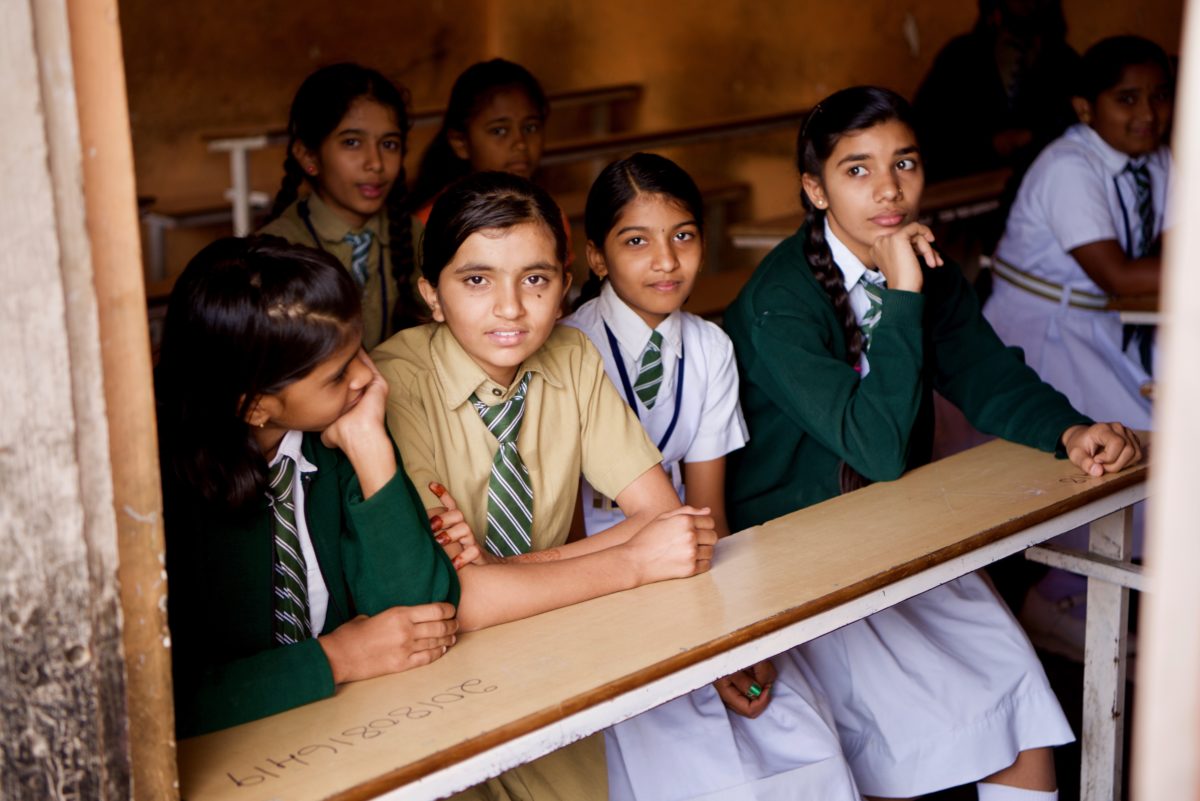
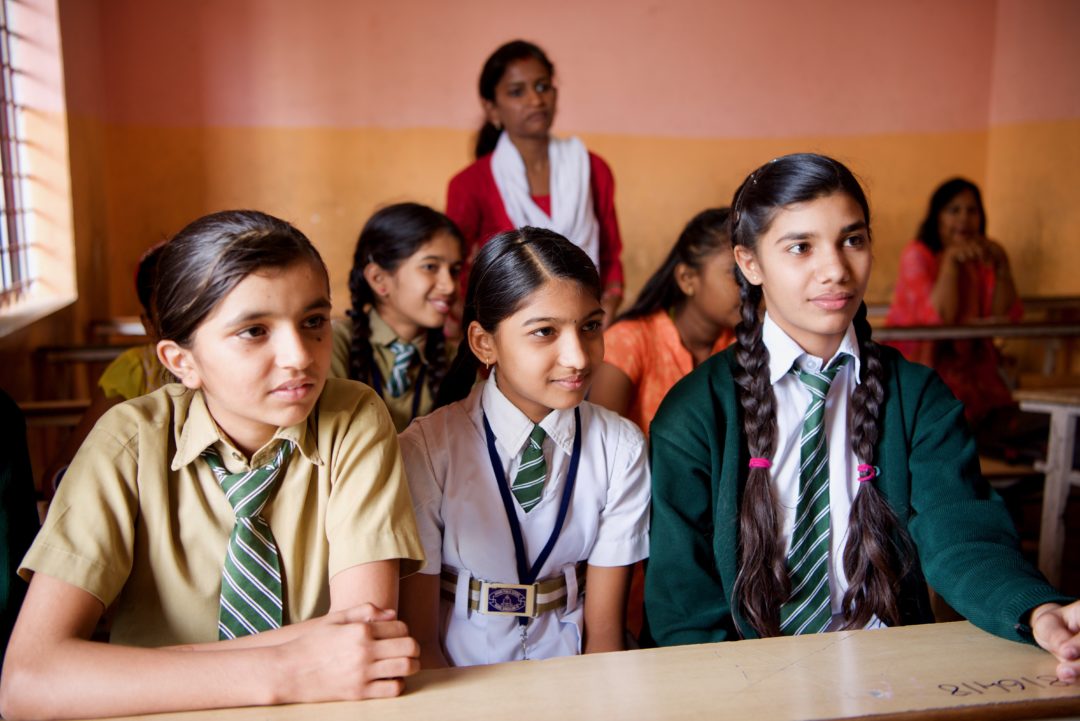
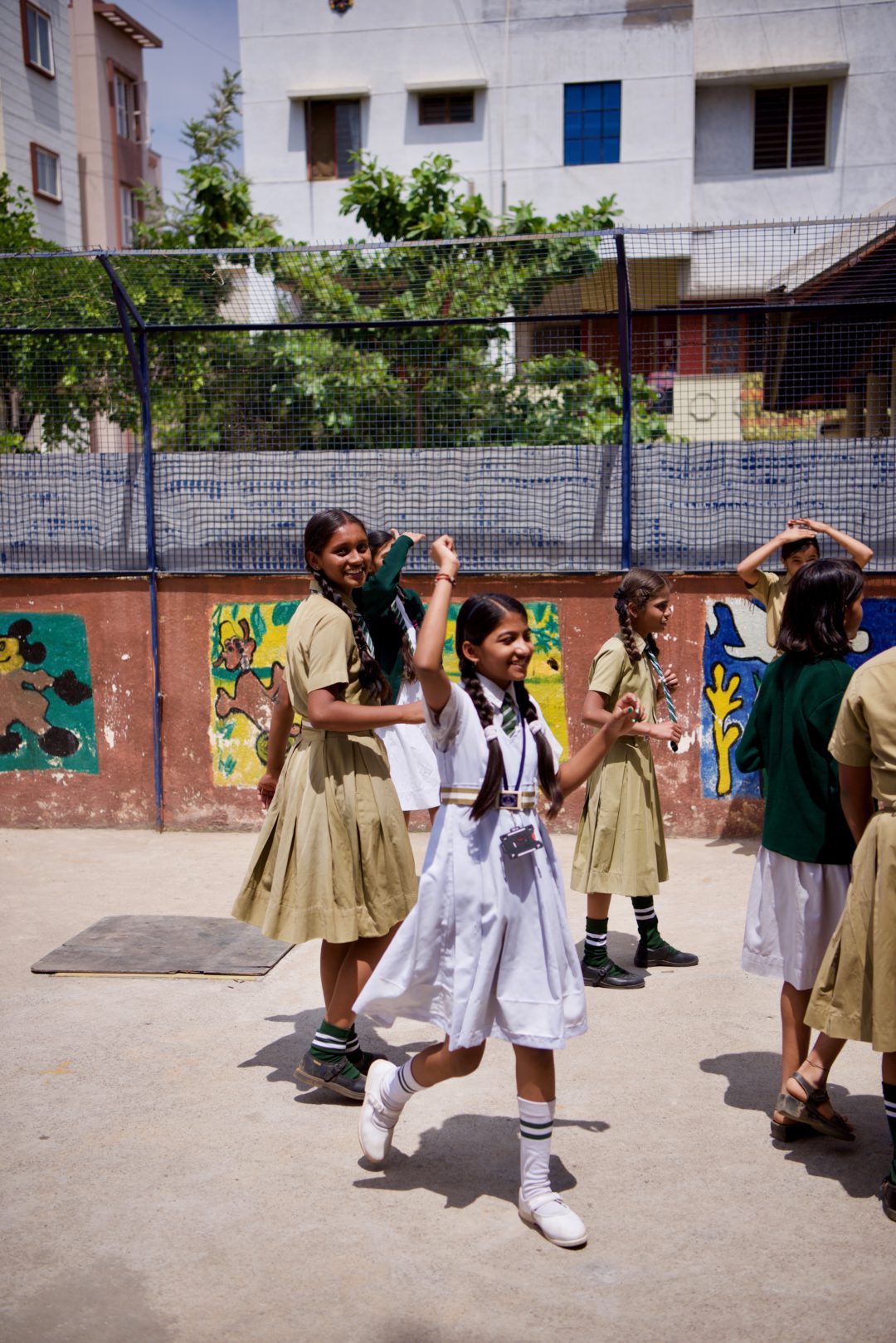


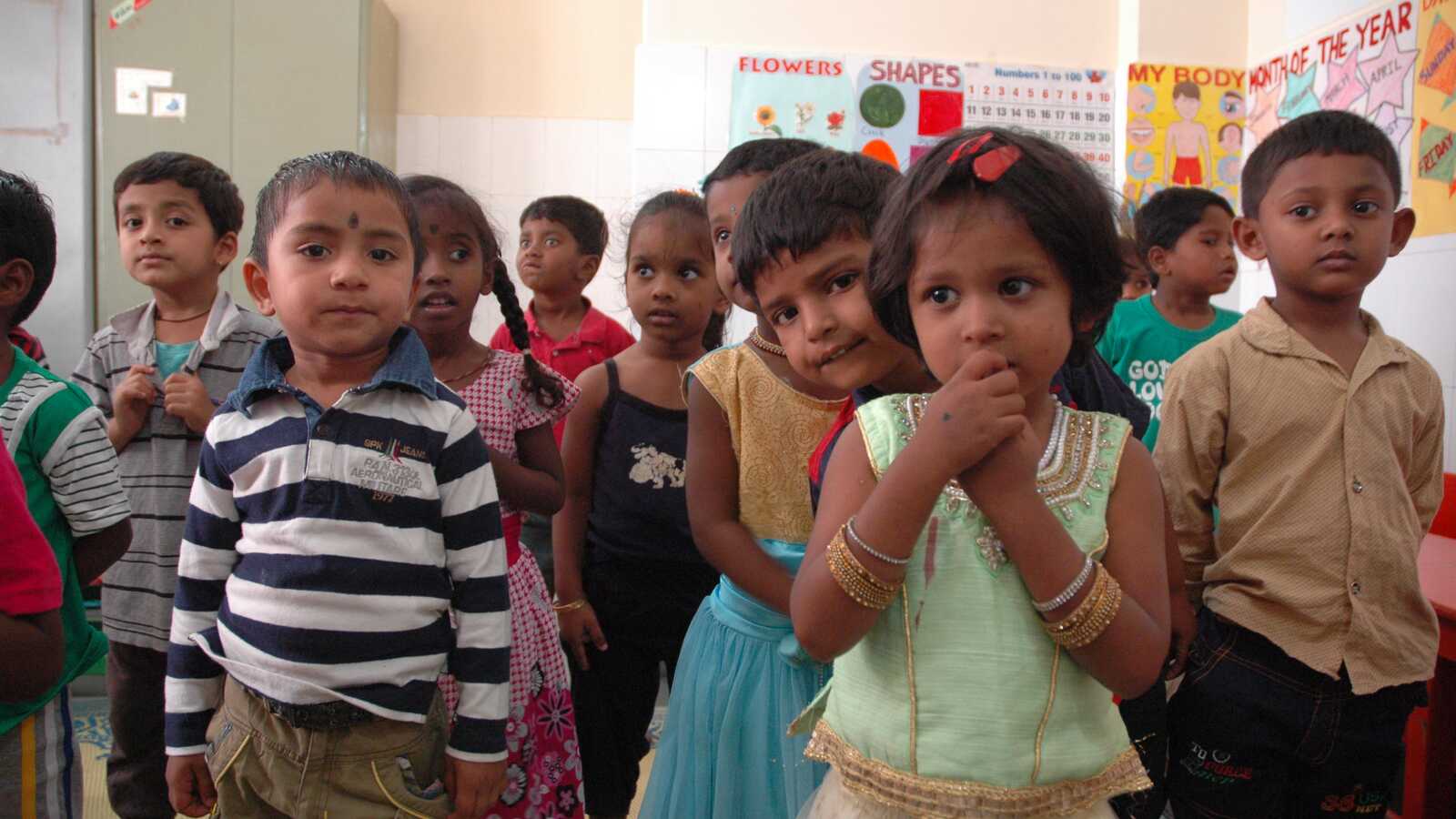

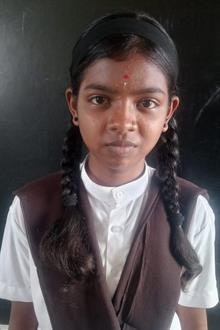
I believe that God creates all people and He knows and loves each of us. We, our family, want only the best for you and want you to know that He loves you. We trust the people at Holt and depend on them to do what we can not do in helping others. All people are important to us. Go and grow with the knowledge that we love those that are helped through Holt. To our family all, (both boys and girls ) are of equal importance.
Every good thing comes from God in Christ Jesus. I give to Holt because God has blessed me with compassion to do so. Always remember to give thanks where thanks is due.
God made us in His image. Male and Female he made them in His image. Different roles given to us by God does not mean that He values one more than the other. It simply means we have different jobs to do in order to honor and glorify Him first and foremost. If we use a patriarchal system or culture to justify victimizing each other in any way, we aren’t honoring or glorifying God at all. The short answer is, sponsoring children (boys and girls) to receive an education glorifies our Heavenly Father. God bless you girls.
God so loved us that he gave his only son to save us. God does not distribute himself that each may have a part, but to each one of us, He gives all of himself as fully as if there were no others…… All of us (girls and boys)! I trust that Holt International will steward my contribution wisely for the things you so desperately need and deserve because we are all children of God.
if i had the ability, i would meet all of you in person. I would put all of you in a loving home, that allowed you to be a kid. You deserve that. no matter what anyone tells you, no matter what anyone does to you, it doesnt change the fact that you are a masterpiece. Designed for a specific purpose. nobody can take that away from you. My heart moves to those who have been abused, who dont see any hope. i would gladly take your place if i could, because you deserve more than i could ever offer